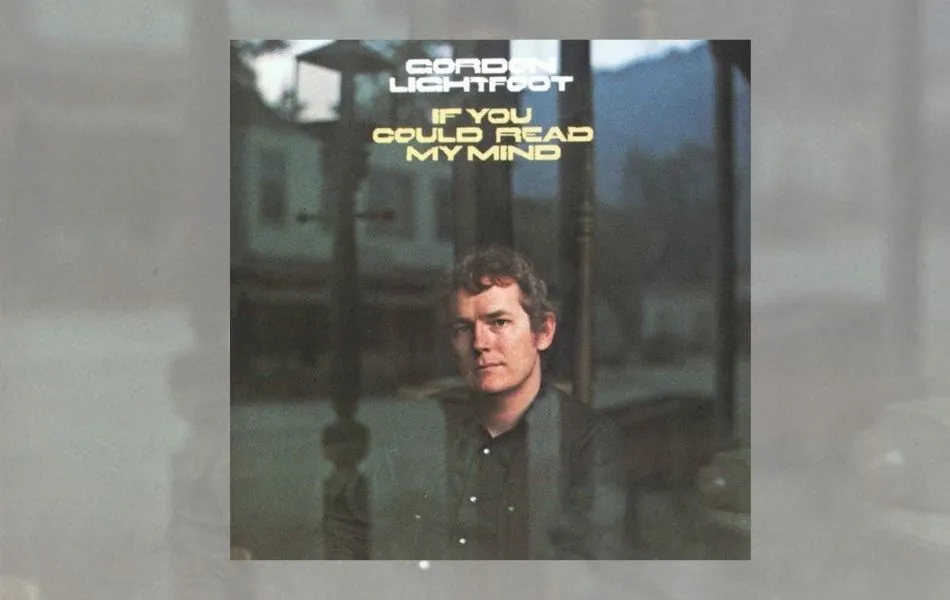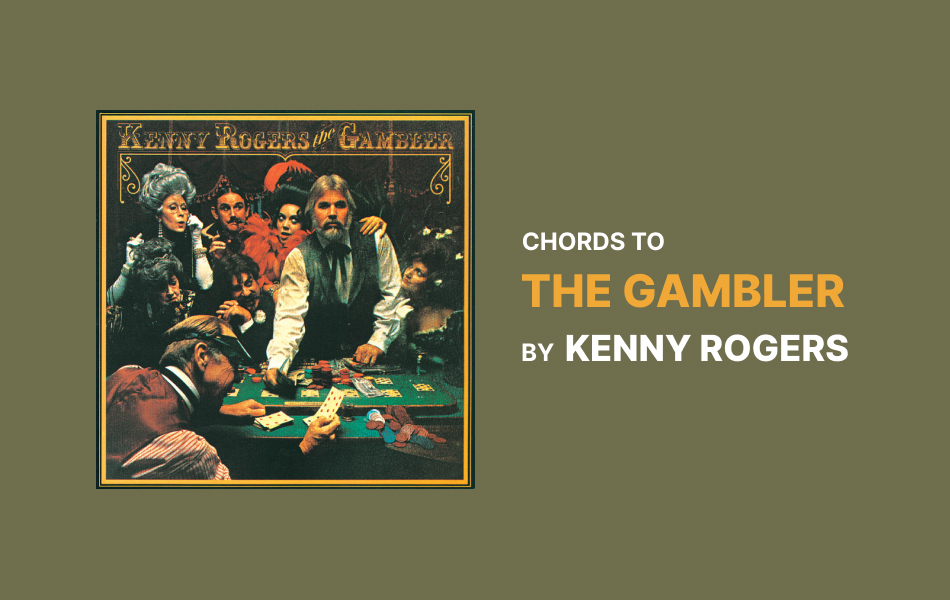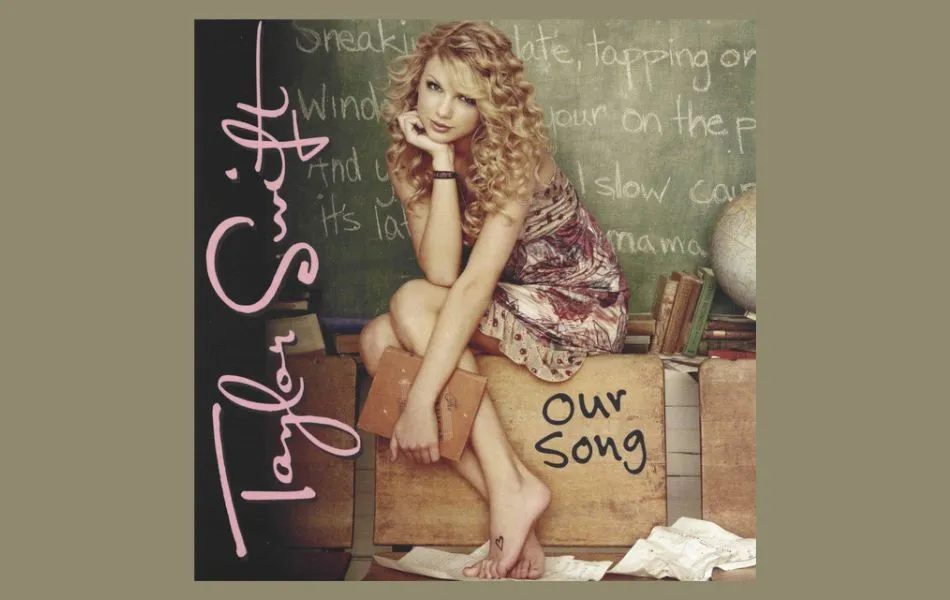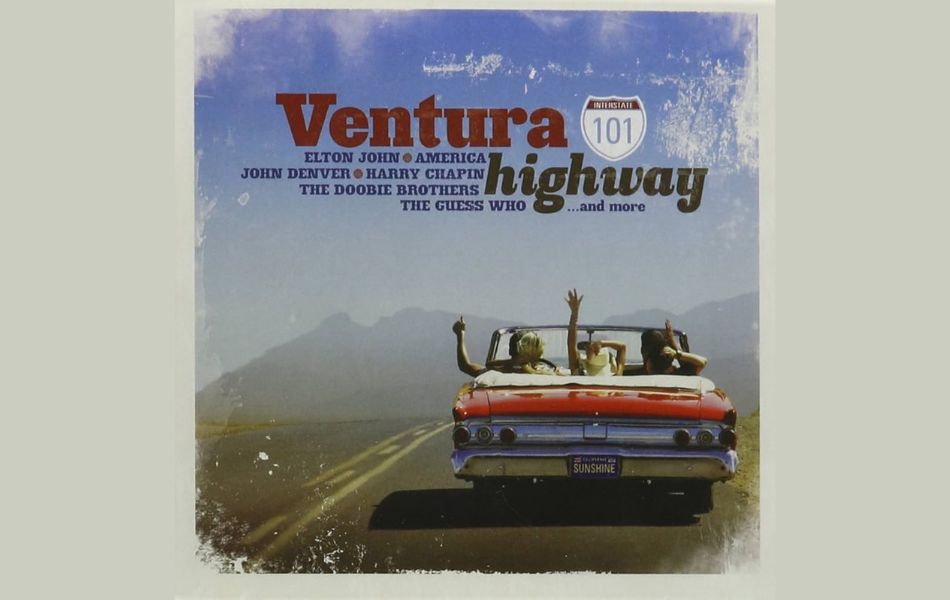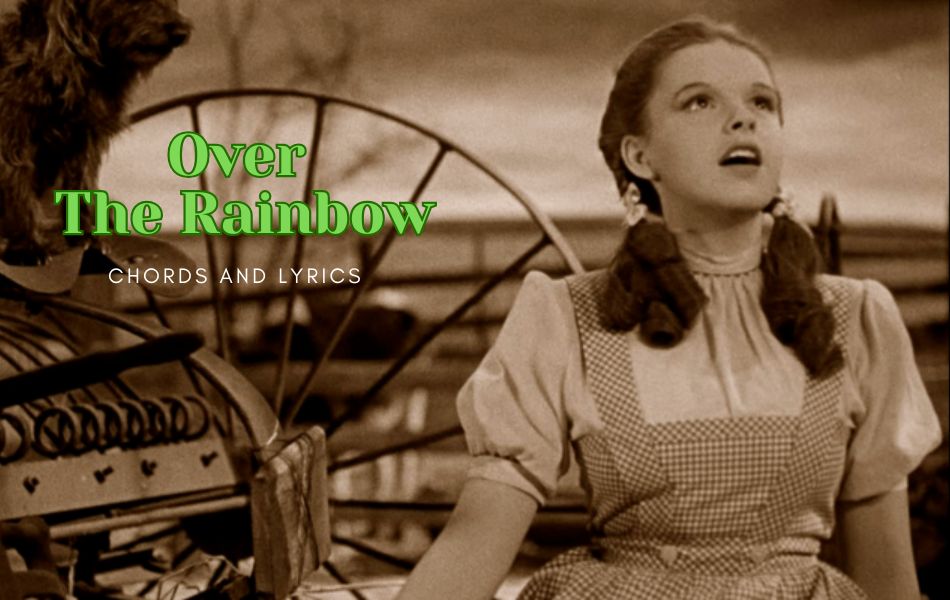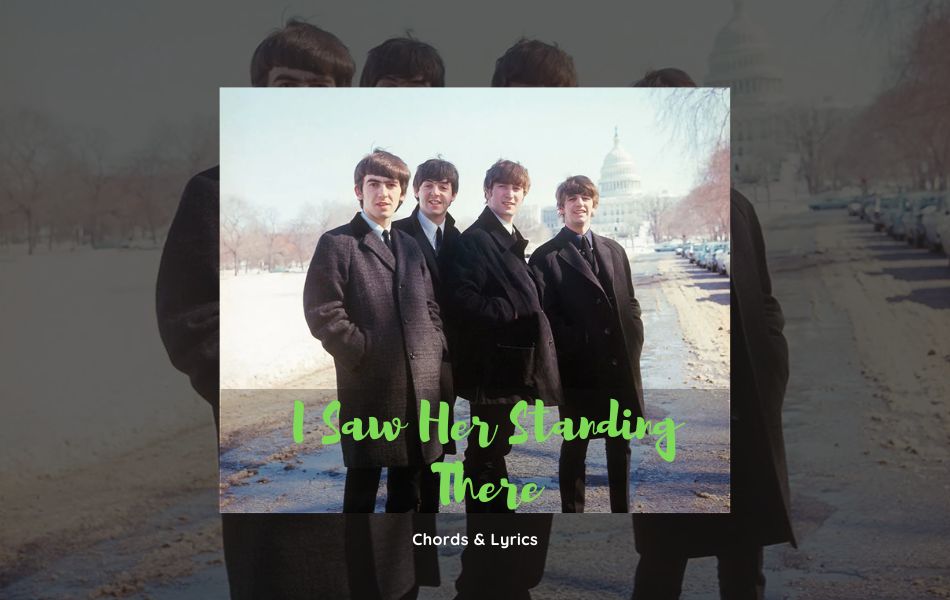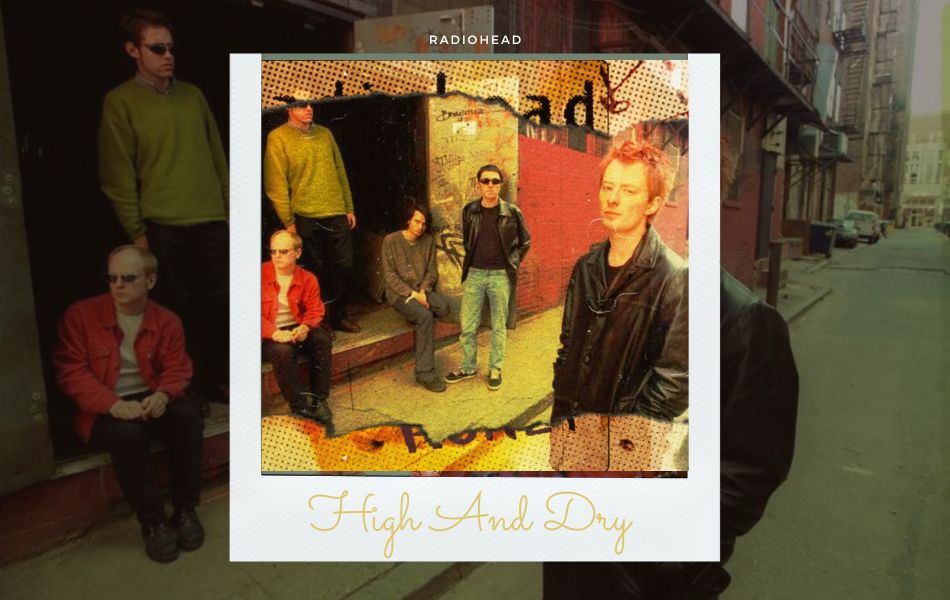"If You Could Read My Mind" by Gordon Lightfoot is a classic folk song with a simple yet beautiful chord progression. The song' chords used in the song are as follows: C, D, G, Em, Am, and some other chords. Let's explore how to play these chords for If You Could Read My Mind to perform this wonderful song in your own style.
Mastering Barre Chords: Unlocking the Key to Guitar Versatility
Track Info
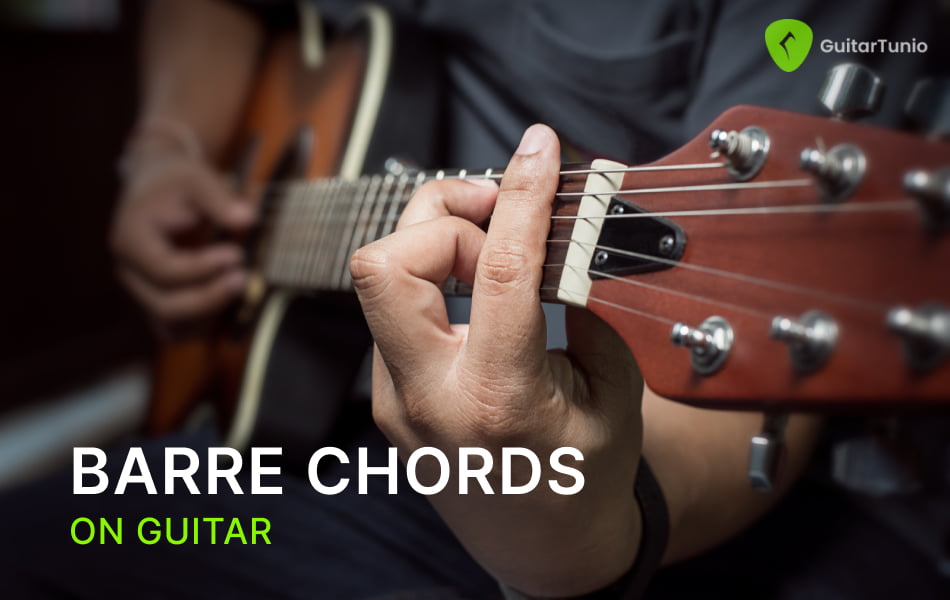
Song:
Artist:
Writers:
Producers:
Album: Updating
Chords Info
Tuning
CapoNo Capo
Chords Used
Barre chords are a fundamental aspect of guitar playing that every aspiring guitarist must learn. They are an essential tool that allows guitarists to play a wide variety of chords and songs in different keys. In this article, we'll discuss what barre chords are, how they work, and why they are so important.
What are Barre Chords?
Barre chords are chords that are played by holding down all the strings at a particular fret with one finger. The finger used to press down the strings is typically the index finger, but the middle finger can also be used in some cases. The other fingers are then used to form chord shapes above the barre.
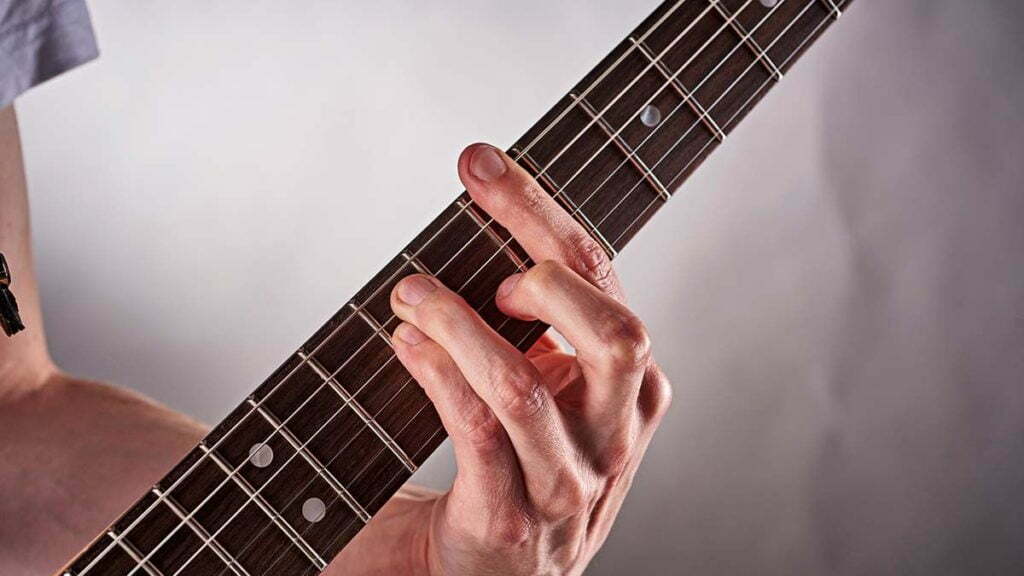
Barre chords are different from open chords, which are played by holding down strings on the fretboard in specific positions and using open strings to fill out the chord. Barre chords are useful because they allow guitarists to play chords in any key without having to use open strings. This is particularly useful when playing songs that require chords in different keys.
How Do Barre Chords Work?
Barre chords work by using the index finger to press down all the strings at a particular fret, acting as a capo. The other fingers are then used to form the chord shape above the barre. The notes played by the barre create the root note of the chord, and the chord's quality is determined by the chord shape used above the barre.
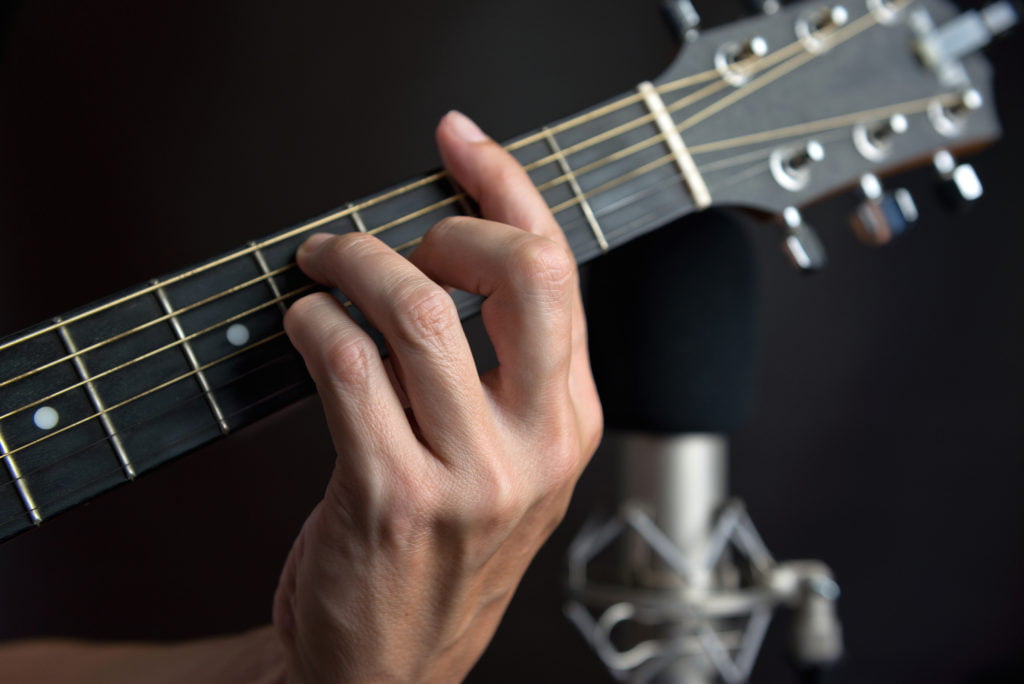
For instance, a guitarist can play a G chord using a barre chord by placing their index finger on the third fret, pressing down all the strings. They can then use their other fingers to form the chord shape above the barre, creating a G chord. This allows them to play the G chord in any key by simply moving the barre up or down the fretboard.
Download our advanced guitar tuner - Guitar Tunio to tune your instrument perfectly, practice your timing and feel, learn ukulele and guitar chords, as well as improve your skills and techniqle. The tuner is available on the App Store and Google Play, check it out now!
5 Essential Barre Chords
E Major-Shape
These forms, often known as 6th root bar chords, have roots on the 6th (low E) string. That is, your finger should reach over all six strings, ending on the low E. When playing this barre shape, you strum all of the guitar's strings.

- Use your index finger to bar over every string on the first fret
- Place your middle finger on the third (G) string and the fret under the bar
- Put your ring finger on the 5th (A) string and the 2nd fret under the barre
- Set the pinky finger on the 4th (D) string at the same fret as the ring finger
To play the below chords, you will place your index finger on the indicated fret and set the rest of your fingers in the above positioning.
- C – barre the 8th fret
- C# – barre the 9th fret
- D – barre the 10th fret
- D# – barre the 11th fret
- E – barre the 12th fret
- F – barre the 1st fret
- F# – barre the 2nd fret
- G – barre the 3rd fret
- G# – barre the 5th fret
- A – barre the 5th fret
- A# – barre the 6th fret
- B – barre the 7th fret
A Major-Shape
Because their root is on the fifth string, these are known as 5th root bars. They are based on the open A chord.
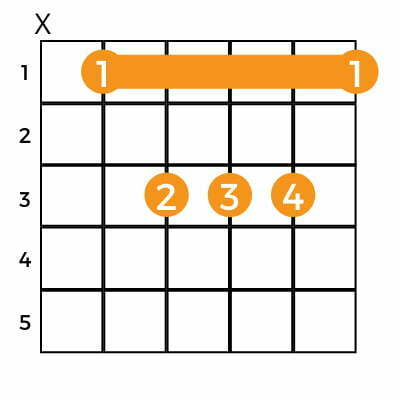
- Bar the index finger over the indicated fret to the 5th (A) string
- Place your middle finger on the 4th (D) string, two frets below the bar
- Put your ring finger on the 3rd (G) string, two frets beneath the bar
- Set your pinky finger on the 2nd (B) string, two frets under the barre
To play the various major chords, place the bar as follows.
- C – barre the 3rd fret
- C# – barre the 4th fret
- D – barre the 5th fret
- D# – barre the 6th fret
- E – barre the 7th fret
- F – barre the 8th fret
- F# – barre the 9th fret
- G – barre the 10th fret
- G# – barre the 11th fret
- A – barre the 12th fret
- A# – barre the 1st fret
- B – barre the 2nd fret
E Minor-shape
The root of the 6th root minor barre chords is on the 6th (low E) string.
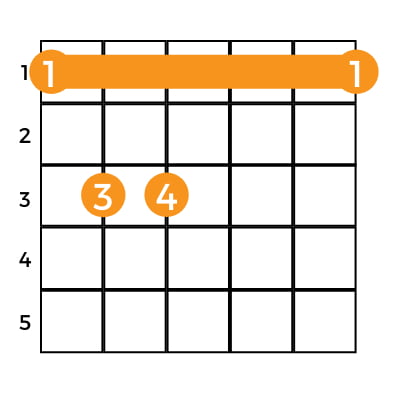
- Barrel your index finger over every string on the desired fret
- Set your ring finger on the 5th (A) string, two frets under the bar
- Place your pinky finger on the 4th (D) string, two frets below the barre
The minor chords are played as follows.
- Cm – barre the 8th fret
- C#m – barre the 9th fret
- Dm – barre the 10th fret
- D#m – barre the 11th fret
- Em – barre the 12th fret
- Fm – barre the 1st fret
- F#m – barre the 2nd fret
- Gm – barre the 3rd fret
- G#m – barre the 4th fret
- Am – barre the 5th fret
- A#m – barre the 6th fret
- Bm – barre the 7th fret
A Minor-Shape
These barre chords have roots on the 5th (A) string.
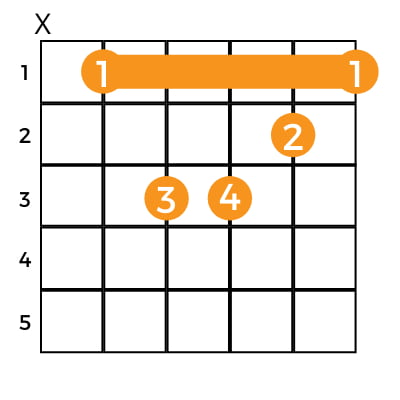
- Use the index finger to bar over the indicated fret to the 5th (A) string
- Place your middle finger on the 2nd (B) string on the fret beneath the barre
- Put your ring finger on the 4th (D) string, two frets under the bar
- Use the pinky finger to press down two frets below the bar on the 3rd (G) string
To play the minor chords, place your bar as follows.
- Cm – barre the 3rd fret
- C#m – barre the 4th fret
- Dm – barre the 5th fret
- D#m – barre the 6th fret
- Em – barre the 7th fret
- Fm – barre the 8th fret
- F#m – barre the 9th fret
- Gm – barre the 10th fret
- G#m – barre the 11th fret
- Am – barre the 12th fret
- A#m – barre the 1st fret
- Bm – barre the 2nd fret
A Major 7th-Shape
To play the major seventh in the 5th root, position your fingers as such.
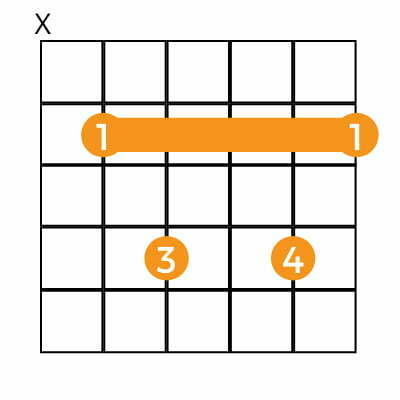
- Use your 1st finger to bar the strings on the 5th fret
- Place your ring finger on the 4th (D) string, two frets beneath the bar
- Place your pinky finger on the 2nd (B) string, two frets under the bar
Why is Bar Chord Important?
Barre chords are an important tool for guitarists because they allow them to play chords in any key without having to use open strings. This makes it easier to play songs that require chords in different keys, and it also allows for more flexibility when playing. Bar chords can also create a fuller and more sustained sound than open chords, making them useful in many genres of music, particularly rock, pop, and blues.
Learning to play barre chords can be challenging for beginners because they require proper hand positioning and a lot of finger strength. However, with practice and persistence, guitarists can develop the necessary finger strength and technique to play these chords cleanly and accurately.
In conclusion, barre chords are an essential aspect of guitar playing that every aspiring guitarist must learn. They allow guitarists to play chords in any key and create a fuller, more sustained sound than open chords. While they can be challenging to play, the benefits of learning to play the guitar chords are well worth the effort. So if you're a guitarist looking to take your playing to the next level, start practicing your barre chords today!

